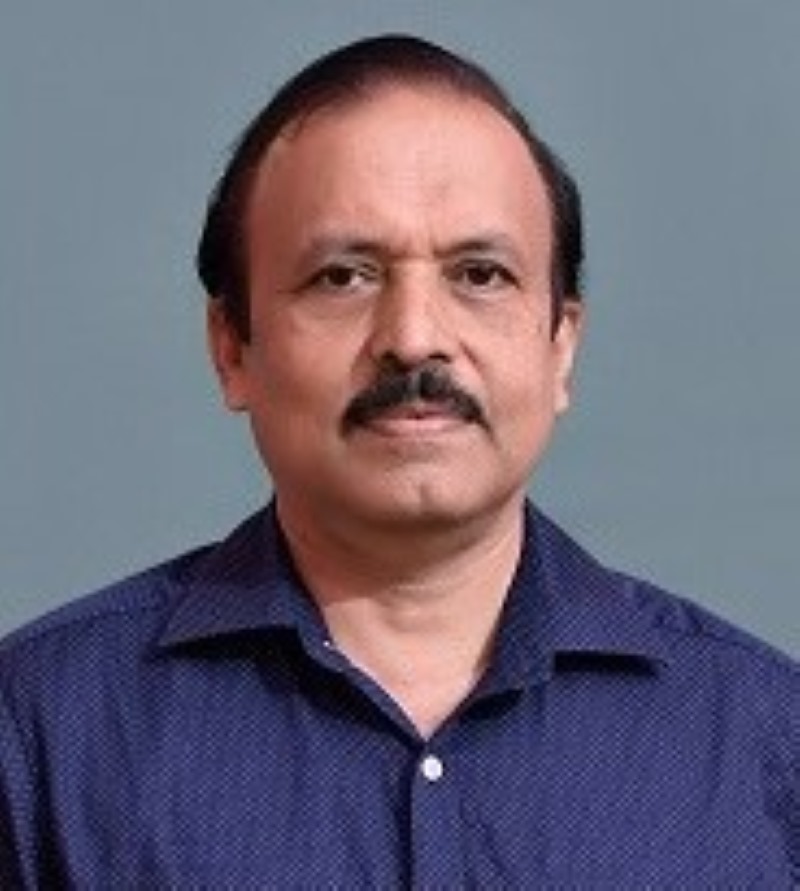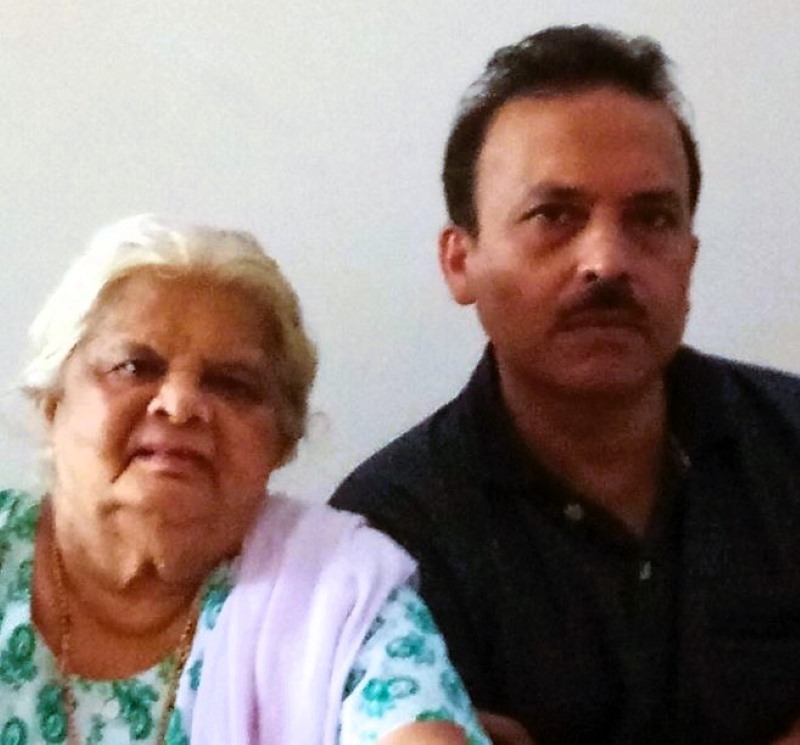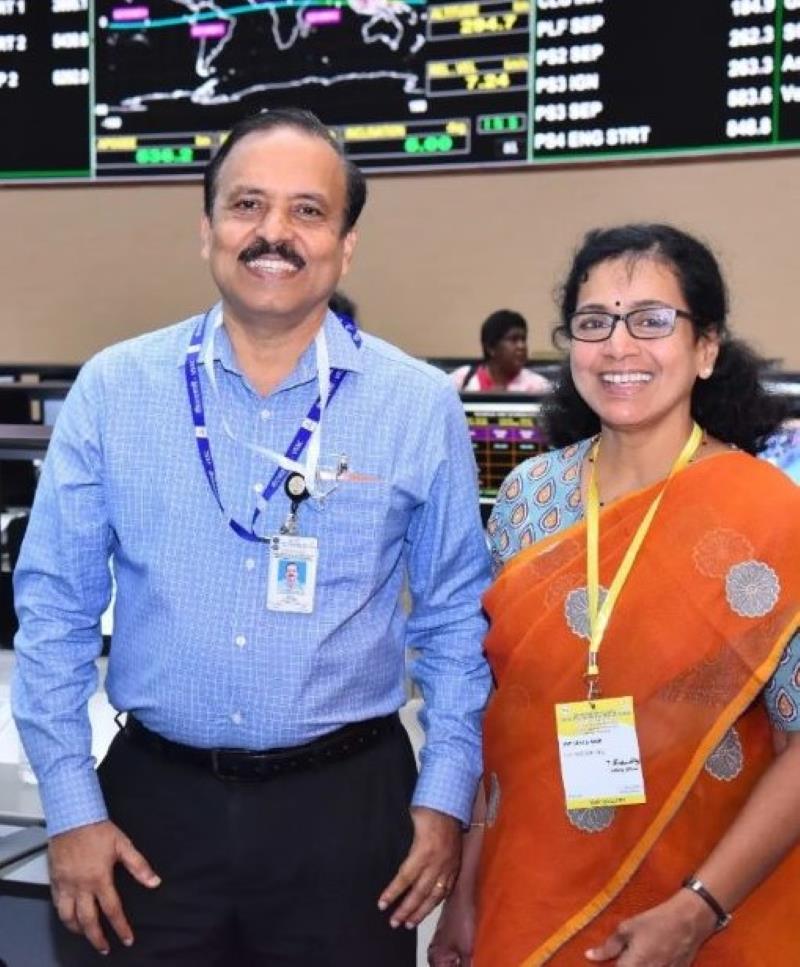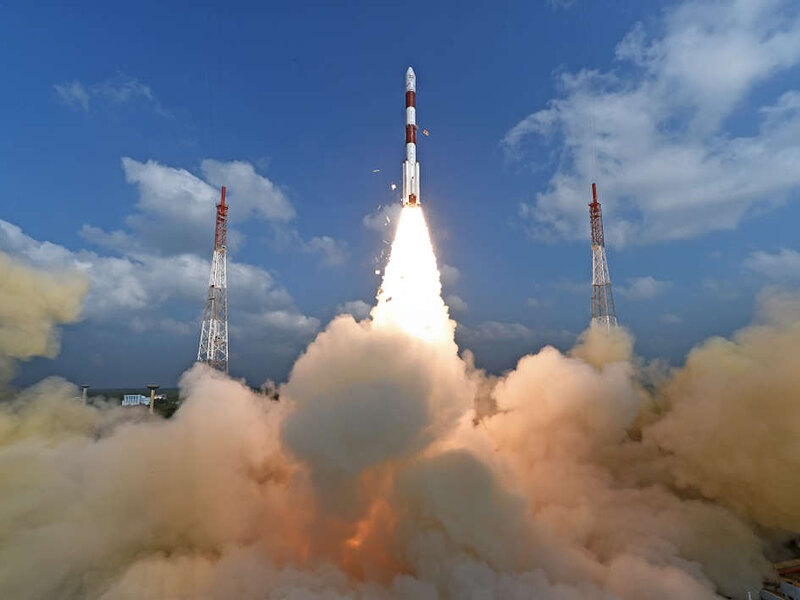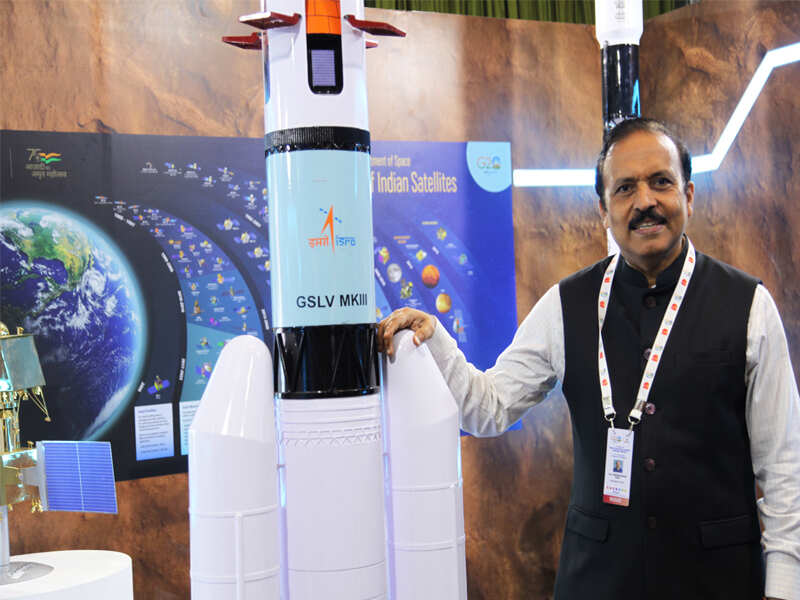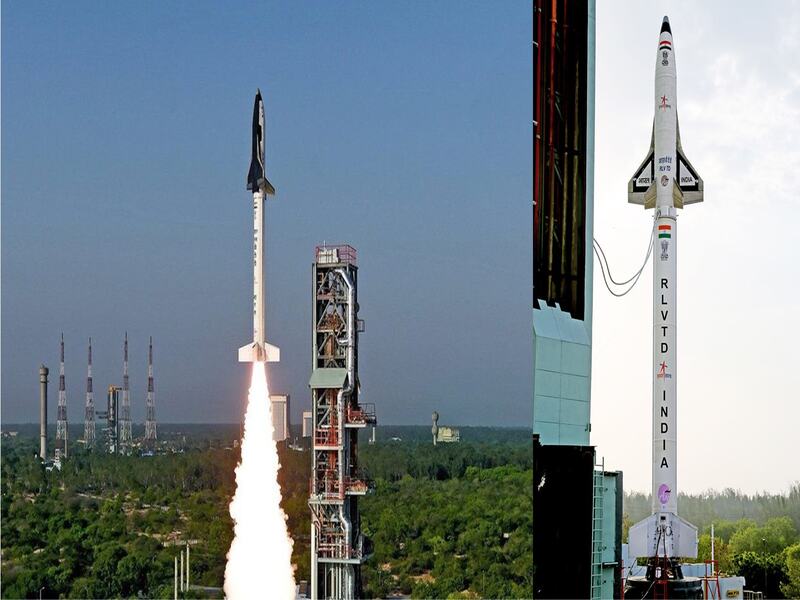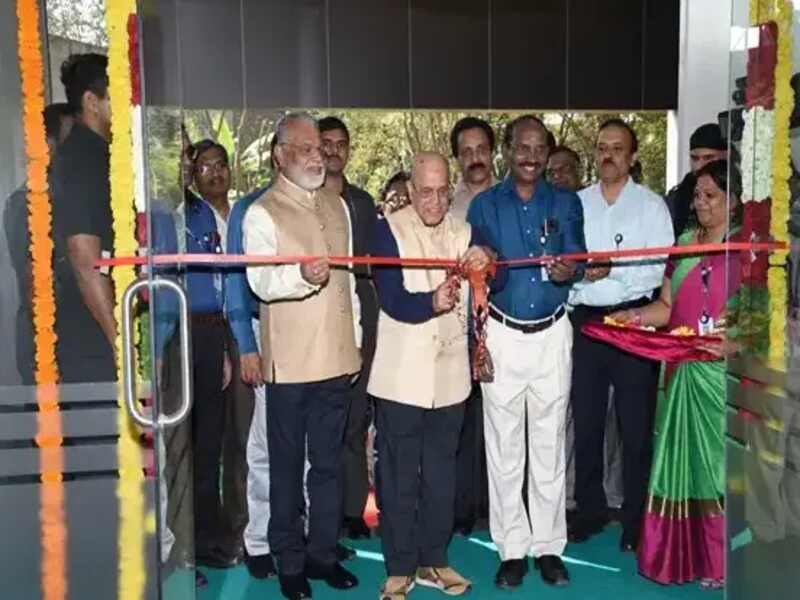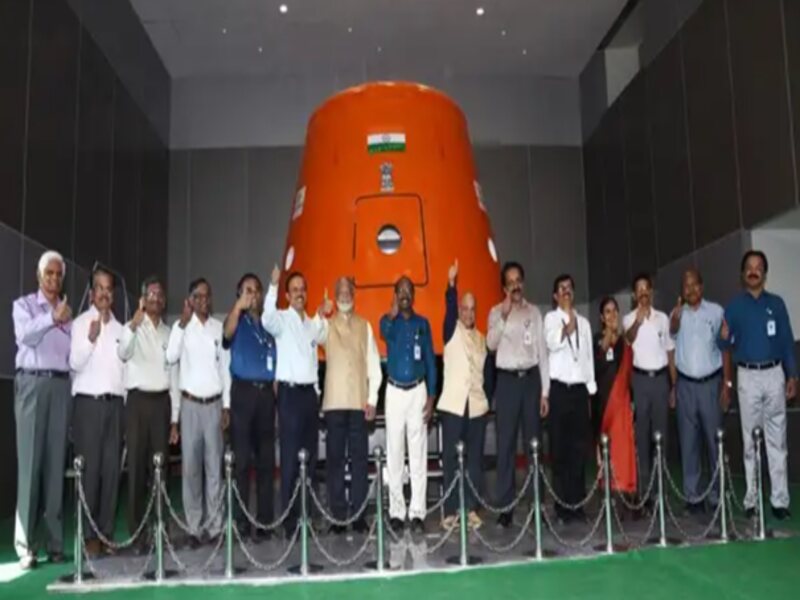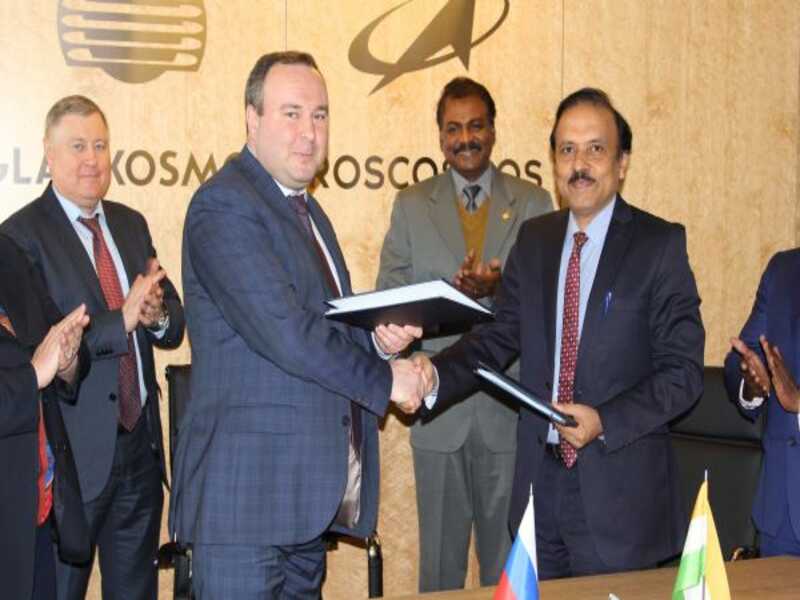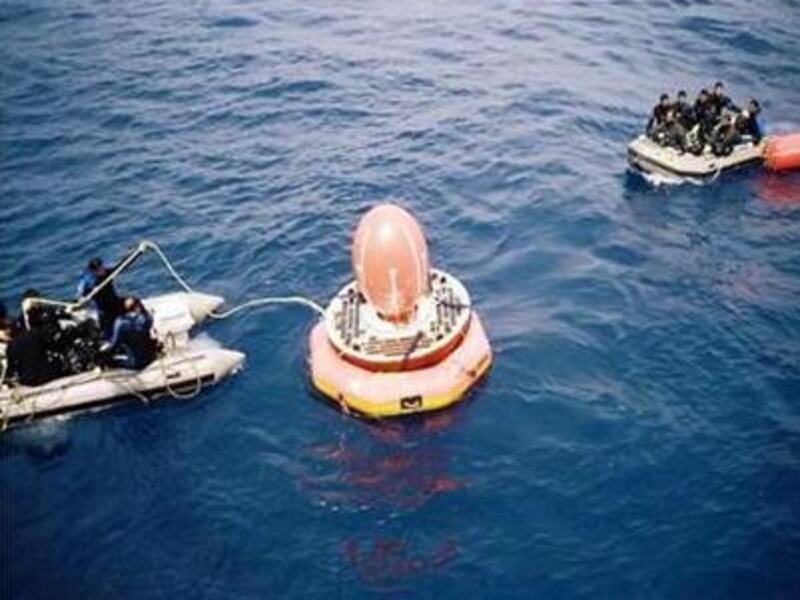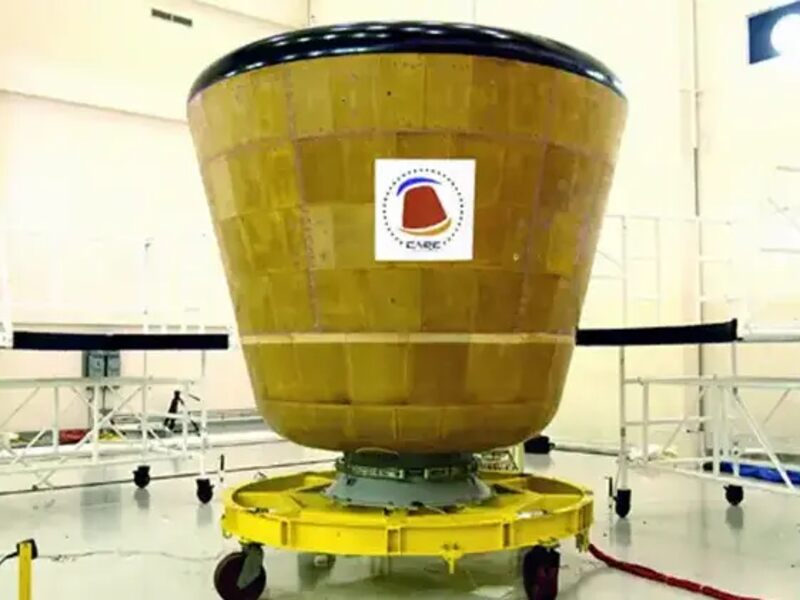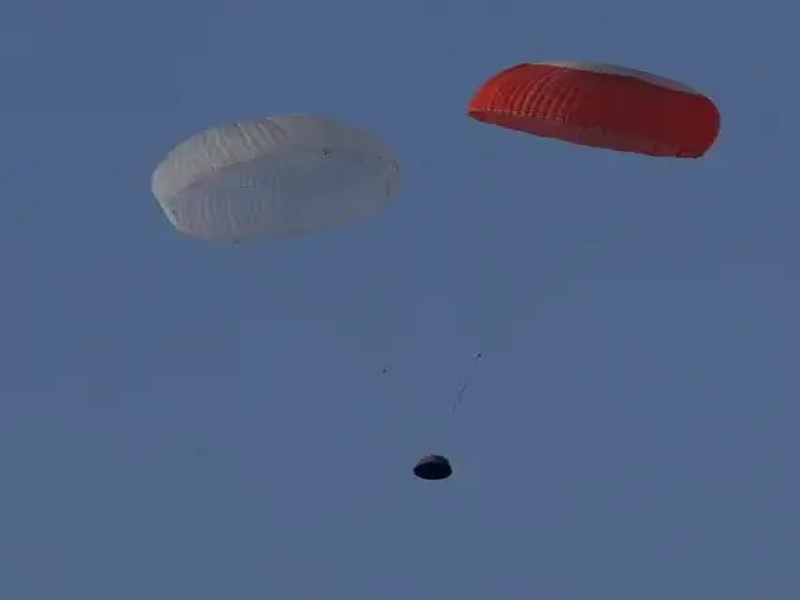S. Unnikrishnan Nair is an Indian aerospace engineer currently serving as the director of Vikram Sarabhai Space Centre (VSSC). ((Vikram Sarabhai Space Centre)) Since 2022, he has been serving as the director of the Indian Institute of Space Science and Technology (IIST). He is also the founding director of the Human Space Flight Centre, Bangalore. He specializes in the field of launch vehicle design and was involved in the development of various aerospace systems and mechanisms for PSLV, GSLV and LVM3. His other notable contributions include the Space Capsule Recovery Experiment (SRE), the Human Spaceflight Programme, Air Breathing Propulsion, the Crew Escape System, Reusable Launch Vehicle Development, Chandrayaan 3, and the upcoming Gaganyaan Project, which aims to send three human astronauts to space.
Wiki/Biography
S. Unnikrishnan Nair was born in Kottayam, Kerala, India. He did his schooling at VKVM NSS High School in Manjoor, Kottayam, Kerala. He earned his BTech degree in Mechanical Engineering from Mar Athanasius College of Engineering, Kerala University. In 1995, he enrolled at the Indian Institute of Science (IISc) in Bengaluru, Karnataka, and earned a master’s degree in engineering in aerospace, aeronautical, and astronautical engineering. He completed his PhD in Mechanical Engineering from the Indian Institute of Technology Madras (IITM), Chennai. He also holds an MA in Telecommunications and Space Law from the National Academy of Legal Studies and Research (NALSAR), Hyderabad.
Physical Appearance
Hair Colour: Black
Eye Colour: Dark Brown
Family
Parents & Siblings
He was born to Sreedharan Nair and Rajamma. His father was an employee at the Kottayam Survey Office in Kerala.
Wife & Children
His wife, Jaya G Nair, is a former Computer Engineer at VSSC. They have two daughters, Aishwarya Nair, an engineer, and Chaithanya Nair, who is a model and actress.
Career
S. Unnikrishnan Nair started his career as an engineer at Vikram Sarabhai Space Centre (VSSC), Trivandrum in 1985. During his tenure at VSSC, he has made important contributions in various programs including the launch vehicle mechanisms. He was involved in the Space Capsule Recovery Experiment (SRE) right from the starting phase until its accomplishment in 2007. In 2004, he served as the Project Director of the Human Spaceflight Programme for pre-project technology development. In 2014, he led the successful LVM3X-CARE sub-orbital mission as the Payload Director. He later on took charge as the founding Director of the Human Space Flight Centre (HSFC). Before HSFC, he served as the Programme Director of the Advanced Space Transportation System. He also established the Astronaut Training Centre in Bangalore. In July 2018, he directed the first Crew Escape System Pad Abort test. In January 2019, he was appointed as the first Director of the Human Space Flight Centre. He took charge as the new Director of IIST on 20 September 2022. In the same year, he assumed the post of the VSSC director after Dr S. Somanath was appointed as ISRO chairman.
Launch Vehicles
S. Unnikrishnan contributed to the design and development of VSSC’s major launch vehicle programmes including the Polar Satellite Launch Vehicle (PSLV), Geosynchronous Satellite Launch Vehicle (GSLV), and The Launch Vehicle Mark-3 (LVM3).
PSLV
India’s workhorse launch vehicle, the Polar Satellite Launch Vehicle (PSLV) was developed in the 1990s. PSLV-C37 successfully launched 104 Indian Remote Sensing (IRS) satellites into sun-synchronous orbits on 15 February 2017. S. Unnikrishnan was associated with this historic launch programme which surpassed the previous record held by Russia for sending the highest number of satellites into space on a single launch.
GSLV

GSAT2 launched via the second developmental test flight of Geosynchronous Satellite Launch Vehicle (GSLV-D2)
S. Unnikrishnan was involved in the mechanism development of the Geosynchronous Satellite Launch Vehicle (GSLV) project initiated in 1990. It was aimed at launching Indian geosynchronous satellites. After several failed missions, it became operational on 8 May 2003 with the successful launch of GSAT-2 satellite via the second development test flight of GSLV-D2.
LVM3
As the Project Director of the Human Spaceflight Programme, S. Unnikrishnan’s role expanded to Deputy Director of Structures Entity at VSSC. He was actively involved in the development of the Launch Vehicle Mark-3 (LVM3), previously known as the Geosynchronous Satellite Launch Vehicle Mark III (GSLV MK III), which was designed to launch communication satellites into geostationary orbit. The human-rated variant of S200 (HS200) was successfully used for the Gaganyaan programme on 13 May 2022 at Satish Dhawan Space Centre.
ISRO focuses on designing, testing, and demonstrating a higher reliability escape system. This system ensures that if anything goes wrong during the launch, the escape system will be activated to rescue the crew. Moreover, they improve redundancy in the launch vehicle, such as using quad systems instead of dual systems for avionics and having multiple seals. The launch vehicle and ground systems are closely monitored with fully instrumented measurements to assess vehicle health and make real-time decisions during the flight. The human rating process encompasses various aspects to ensure maximum safety for the crew.” – S. Unnikrishnan’s explanation on the process of human rating the LVM3 rocket for the Gaganyaan mission ((Interview with TNI’s Vivek Narayanan))
Advanced Space Transportation System
Before HSSC, S. Unnikrishnan served as the Programme director of the Advanced Space Transportation System and played a key role in the development of Reusable Launch Vehicle Development (RLVD) programmes. A successful testing of critical technologies with the RLV-TD HEX-01 mission was carried out by ISRO on 23 May 2016.
Indian Human Spaceflight Programme (IHSP)
On 30 January 2019, the Human Space Flight Centre (HSFC) was inaugurated at the ISRO Headquarters campus in Bengaluru. S. Unnikrishnan assumed the role of its founder director. HSFC also unveiled a full-scale model of Gaganyaan’s crew module.
S. Unnikrishnan has been involved in India’s Human Spaceflight Programme (HSP) since 2004, joining the team of scientists dedicated to developing the Gaganyaan spacecraft. During his directorship, the team focused on defining vehicle configuration, onboard systems engineering, and developing critical technology for the spacecraft. He led the centre until February 2022.
Gaganyaan

Dr Unnikrishnan Nair and Dr S Somanath (the chairman of ISRO) standing beside a proposed crew model of Gaganyaan
Gaganyaan is a flagship project within the Indian Human Spaceflight Programme, designed to launch Indian astronauts into space. S. Unnikrishnan was involved in the preliminary studies, vehicle configuration, onboard systems engineering, and critical technological groundwork of the Gaganyaan spacecraft. Under his directorship, the preliminary development of Gaganyaan commenced in 2006 under the codename “Orbital Vehicle.”
Contract with Glavkosmos
On 27 June 2019, S. Unnikrishnan and Natalia Lokteva, the first deputy Director General of Glavkosmos (a subsidiary of the Russian State Space Corporation Roscosmos), signed a contract for selection support, medical examination and space training of Indian astronauts for the Gaganyaan mission.
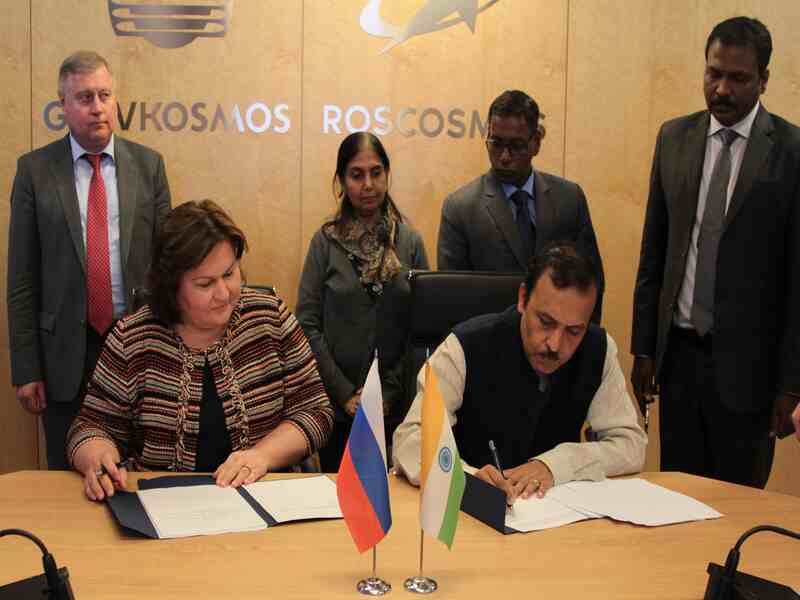
Glavkosmos contract between Natalia Lokteva (first deputy Director General of Glavkosmos) and S. Unnikrishnan Nair (Head of the HSFC)
On 1 July 2019, Glavkosmos confirmed the contract via an official statement,
The work will be provided with support of the Federal State Budget Organization U.A. Gagarin Research & Test Cosmonaut Training Center and Institute of Biomedical Problems of the Russian Academy of Sciences.” ((Russia to train Indian astronauts))
On 25 October 2019, S. Unnikrishnan Nair and Dmitry Loskutov, the Director General of Glavkosmos, with the participation of Rocket and Space Corporation Energia, signed a contract to review the manned Gaganyaan project for using Russian flight equipment in heating and life support systems. S. Unnikrishnan praised the strong partnership of India with Russia in the issues of space cooperation. An official statement from Glavkosmos’s Director General, read,
We hope that the signing of this document and the implementation of its provisions will serve both the development of the Indian space program and manned space flights, and in general the further strengthening of good Russian-Indian relations. We will be glad to expand our cooperation.” ((Glavkosmos to Help India with Heating and Life Support Systems for Gaganyaan Spacecraft))
Space Capsule Recovery Experiment (SRE)
While contributing to the Gaganyaan project, S. Unnikrishnan became involved in the Space Capsule Recovery Experiment (SRE). On 10 January 2007, a successful SRE test was conducted by ISRO in Sriharikota. S. Unnikrishnan played a vital role in designing the recovery systems for the SRE and fostering collaboration between different government agencies like Hindustan Aeronautics Limited (HAL) and the Defence Research and Development Organisation (DRDO). He also sought the expertise of the Indian Navy and the Indian Coast Guard for standard operating procedures for recovering the re-entered spacecraft with Indian astronauts from the sea.
The Crew Module Atmospheric Re-entry Experiment (CARE)
S. Unnikrishnan served as the Payload Director for ISRO’s Crew Module Atmospheric Re-entry Experiment (CARE) which successfully flew a prototype of the Crew Module on 18 December 2014, using the LVM3X vehicle. This test aimed to apply lessons learned from the SRE experiment conducted in 2007 to enhance the design of the Gaganyaan spacecraft.
Crew Escape System or Pad Abort Test
S. Unnikrishnan served as the Mission Director for the Pad Abort Test which was held on 5 July 2018. The test effectively demonstrated the emergency escape system to ensure astronaut safety.
Chandrayaan-3

In 2019, Unnikrishnan joined the team for Chandrayaan-3, India’s third lunar probe mission. His designed LVM3-M4 rocket launched Chandrayaan-3 on schedule from Sriharikota on July 14, 2023. Chandrayaan-3 successfully landed near the Moon’s south pole on 23 August 2023. At the Chandrayaan-3 felicitation programme on 30 October 2023 at IIT Madras, S. Unnikrishnan shared,
We recently witnessed the groundbreaking Chandrayaan-3 mission, where we successfully landed on the moon’s south pole, a historic achievement. The Southern Pole is significant because of its water reserves, detected by Chandrayaan-1. This water can potentially be converted into cryogenic fuel, a vital resource for future space missions, including those to Mars.” ((Chandrayaan-3 success))
Awards, Honours, Achievements
- In 2007, he received the Team Excellence Award from ISRO for his work on the Space Capsule Recovery Experiment (SRE).
- In 2014, he was honoured by ISRO with the Excellence Award as Team Leader for his role in the successful Crew Module Atmospheric Re-entry Experiment (CARE).
- He was recognized with the ISRO Individual Merit Award in 2014 for contributing to the technology development of the Gaganyaan project.
- In 2018, he received the ISRO Excellence Award as Team Leader for the Crew Escape System Pad Abort test.
- In 2019, The Sathyabama Institute of Science and Technology awarded him an honorary Doctorate for his contributions to the Gaganyaan project.
- In 2022, he was honoured with the Atmanirbharata Award from the Indian Society of Analytical Science.
- In the same year, he received the National Systems Gold Medal from the Systems Society of India.
Facts/Trivia
- S. Unnikrishnan is a Fellow of the Institution of Engineers, a life member of the Aeronautical Society of India, Acoustical Society of India, Systems Society of India, and Astronautical Society of India, etc. ((Indian Institute of Space Science and Technology))
- He was also a member-secretary of the International Academy of Astronautics (IAA).
- He has also served as the president at the Trivandrum chapter of the Indian National Society for Aerospace and Related Mechanism (INSARM).
- He is an avid environmentalist and has led various preservation projects for nature and forests.
- He has authored numerous articles on nature and space for various Malayalam language magazines. He has also published a few short stories in prominent Malayalam magazines.
- He has authored more than 12 research papers for international journals and conferences.
- He wrote a paper on “Scramjet Flight Testing” in 2018. It was based on research and testing programs for the development of supersonic combustion air-breathing jet engines (scramjet).
- He attended the “Wings India 2020,” a flagship event of the Indian Civil Aviation industry and Asia’s largest civil aviation event which was held at Begumpet Airport, Hyderabad from 12 March to 15 March 2020. ((Ministry of Civil Aviation))
